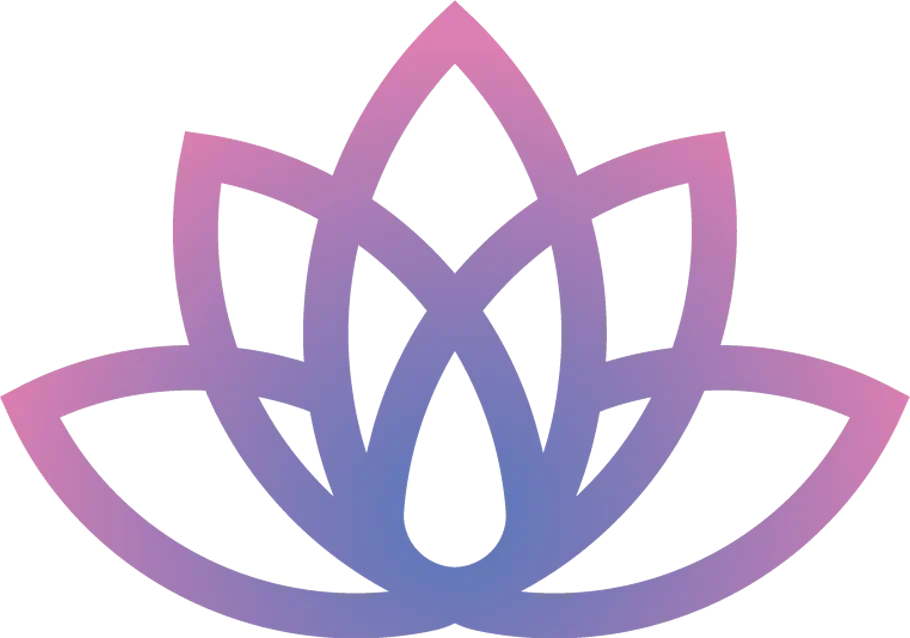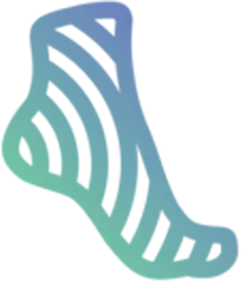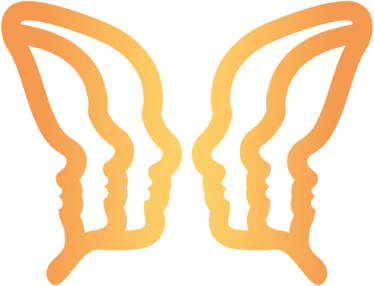A couple of months ago I got an email from Scott Leese, who had attended one of our practitioner trainings 16 years ago, and is now a coach in California. At that training I had said something about how every culture has very beautiful traditions (as well as others not so beautiful!), and used the Navajo handshake as an example, something I had witnessed often during two summers on the reservation in the early 1950s. When two Navajos meet, they gently place their hands together and look each other in the eye, and silently sense each other’s state, both visually and kinesthetically, for some time. Scott’s email below, (slightly edited and approved by Scott) is eloquent, and is wonderful example of repeatedly offering someone a new scopes of experience, and new ways of categorizing them.
“We spend the 4th of July in Telluride every summer. This year we had a Navajo family move in to the campsite next to us. They had a son in his 20’s who appeared to have a lot of anger and history of violence (multiple scars on his hands and head and current black eye and scabbed knuckles from fighting). As he approached our site I reached out my hand and remembered you telling us how Navajos greet each other, by not shaking hands but just holding each other’s hand and just looking into each other’s eyes. Our hands and eyes met and I just held his hand still and stayed in that position for about 2 minutes. I could tell he just couldn’t believe that this white guy was greeting him culturally correctly. That instantly developed a deep rapport that led to hours of conversations about the struggles in his life. . . .
We talked about his life, why he gets into lots of fights, his drinking, his anger at the world, America, whites, etc. We talked about what were the things that he wanted his son to have in his life. What most impacted him was the idea that he was modeling what his children would learn, and that he can create a different path for his own two-year-old son. And that he had a specific mission in this world that he was here to do that transcended his environment. Connecting him with a sense that he was of value beyond his own beliefs of himself also had a great impact, and that his beliefs about himself could be changed easily and did not have to be formed by his environment–like finding a treasure on your own land when you had no idea it was buried there. His family (about 12 of them) just stood in (literal) jaw-dropping amazement that their son was talking so long to this strange white man. . . .
After some hours of conversation I said to him, “Look Fred (name changed), there is a specific reason God had us meet, and he cares for you so much that he made sure I drove 997 miles from Thousand Oaks California, so that we could talk. We talked at length about how his own identity will shape his mission in the world, and that his mission and identity will shape those of his son, and grandson and great-grandson seven generations down. I told him that he must be important in this world because of the distance I traveled and that this had been the most important conversation that I had all week in Telluride. ‘Now you tell me that you don’t have a special purpose on this planet?’ That is when he put his hands over his face and wept and walked away. He came back several times, but couldn’t speak without breaking up. . . .
I told him, ‘You appear to be someone who is wasting your energy on fighting people on the outside, when you should be fighting for yourself on the inside–someone so worthy deserves someone to fight for their survival.’ Then I anchored the feeling of him protecting his 2-year-old boy as a father into that same protection for himself on the inside. ‘You wouldn’t let some outsider come up and harm your son, correct? Then why would you let thoughts, patterns, and your own behavior harm that little boy’s father?’ Your little boy is going to use you as his model for the rest of his life to know that he was of value to you and to himself. He will forever either say, ‘I want to be like my daddy or I don’t want to be like my dad. You need to choose today, whom you will be to your son and whom you will be to yourself. Fred, we were supposed to have this talk, and you have a blank map to draw the journey of your life. Decide today that you will fight just as hard for the survival of yourself as you would for your son.’ Again he left weeping. . . .
Another part of this story was that I had been cooking a hamburger for myself on the campfire. His family was getting ready to have hotdogs for dinner. I asked him if he would be interested in some steak that I had that I wasn’t going to be able to cook since we were leaving the next day. He said he had no way to cook it. I told him that I would be happy to cook it for him and I pulled out this huge 2- inch-thick rib eye steak and started to cook it for him. He stood amazed, and kept staring at it, because again what I was doing didn’t fit into his old beliefs. Then when it was finished, he said, ‘Why are you doing this?’ ‘Doing what Fred?’ ‘Why are you eating a hamburger while you cook me this steak? Why?’ I said. ‘Because of my faith I do what I would want someone to do for me, and I want you to have my best.’ Tears in his eyes, he left again. . . .
We had to leave the next day, but before we left he came over and said that our talks had a deep impact on his life and that I was a blessing from God. So you never know, Steve, what bit of information you teach to someone will have an enormous impact on someone else’s life.” . . .
(The Navajo handshake was both a powerful nonverbal pace of Fred’s cultural tradition, and at the same time a complete pattern interrupt, because it was so incongruent with his expectations and beliefs about white people. However, the handshake was only an entry that provided an opportunity; Scott did the rest— exquisitely.)






